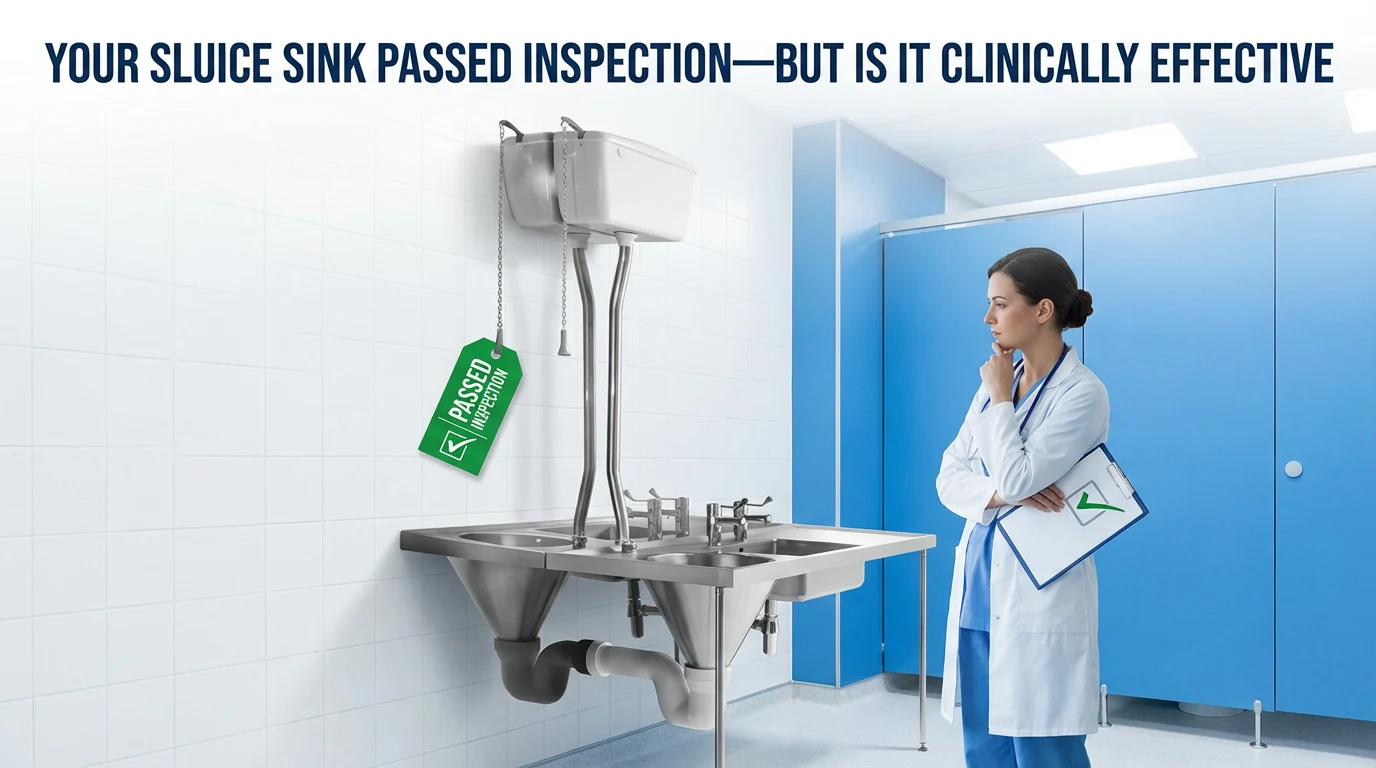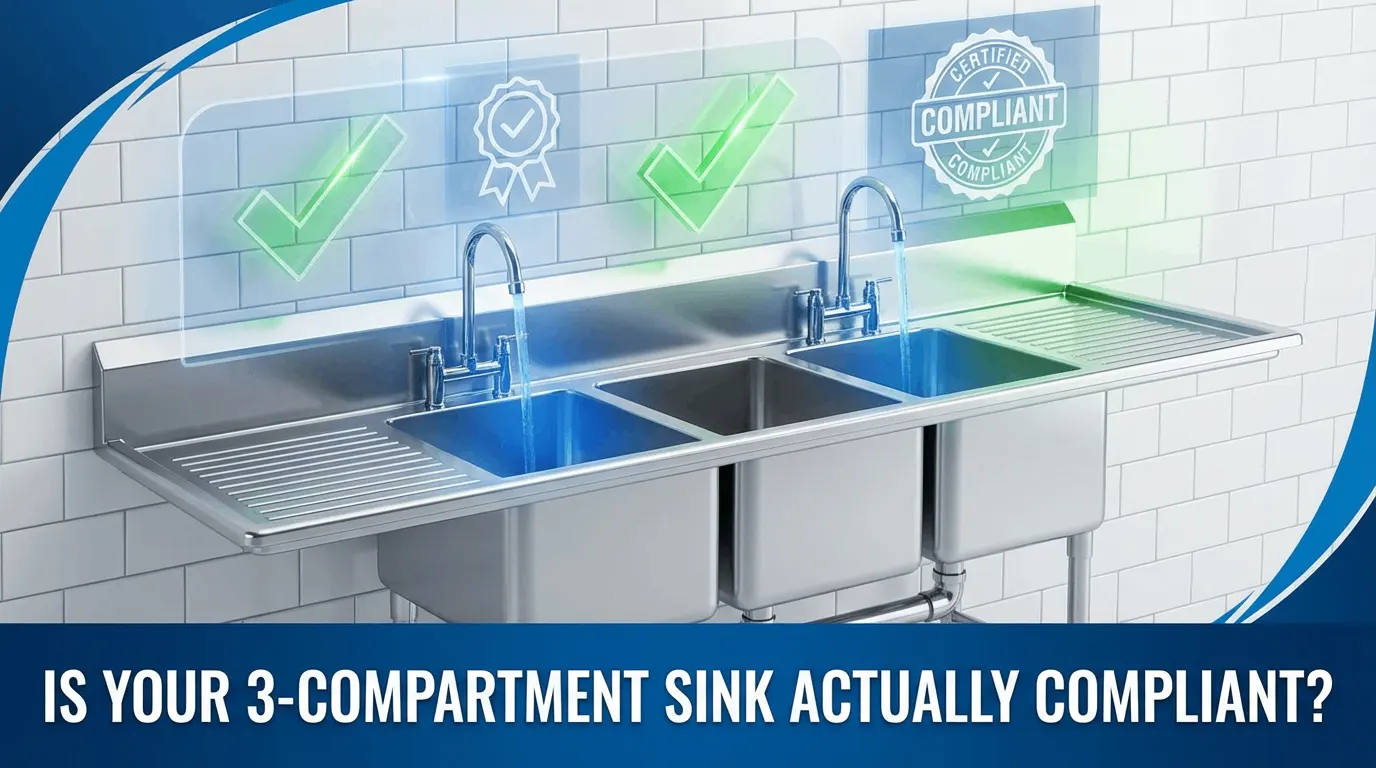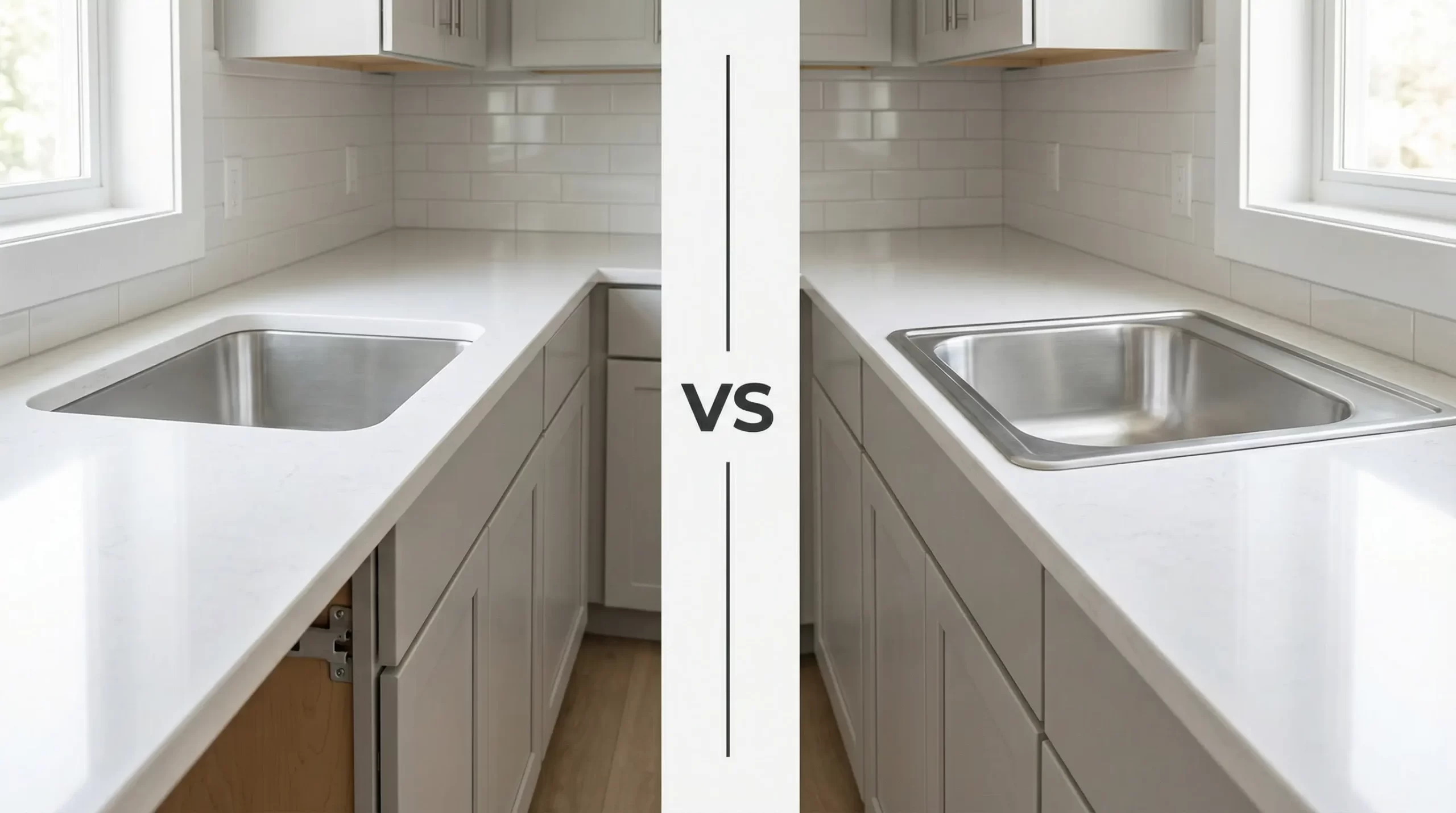Commercial Work Table vs Prep Table: Key Differences Explained
Picture this: it’s Friday night, the dinner rush is in full swing, and your kitchen is buzzing with activity. Chefs are chopping vegetables, plating dishes, and trying to keep things moving without spilling half of the sauce on the floor. Amidst the chaos, one question pops up: Do I need a work table or a prep table?
If you’ve ever scratched your head at these terms, you’re not alone. Many restaurant owners and kitchen managers mix them up. While they may look similar at a glance, the difference can impact workflow, hygiene, and even compliance with food safety regulations. Choosing the wrong one might slow down your line or make cleaning a nightmare.
This guide will break down the differences in a practical, easy-to-grasp way, with real-life examples, so you can make the best choice for your kitchen—without the guesswork.
At-a-Glance Comparison Chart
Here’s a quick snapshot of how commercial work tables and prep tables differ:
| Feature | Commercial Work Table | Prep Table |
|---|---|---|
| Primary Use | Multi-purpose: holding equipment, packing, paperwork | Food prep: chopping, kneading, mixing, assembling dishes |
| Design Features | Optional undershelves, drawers, open design | Backsplash for hygiene, smooth rounded edges |
| Material Options | 304 or 430 stainless steel, sometimes galvanized | Primarily 304 food-grade stainless steel |
| Compliance | Optional NSF certification | NSF-certified for direct food contact |
| Size Range | Wide variety: from small work tables to large stations | Sized for prep tasks, often narrower but functional |
| Storage | Usually includes shelves or casters | Minimal storage; focus is on a clean surface |
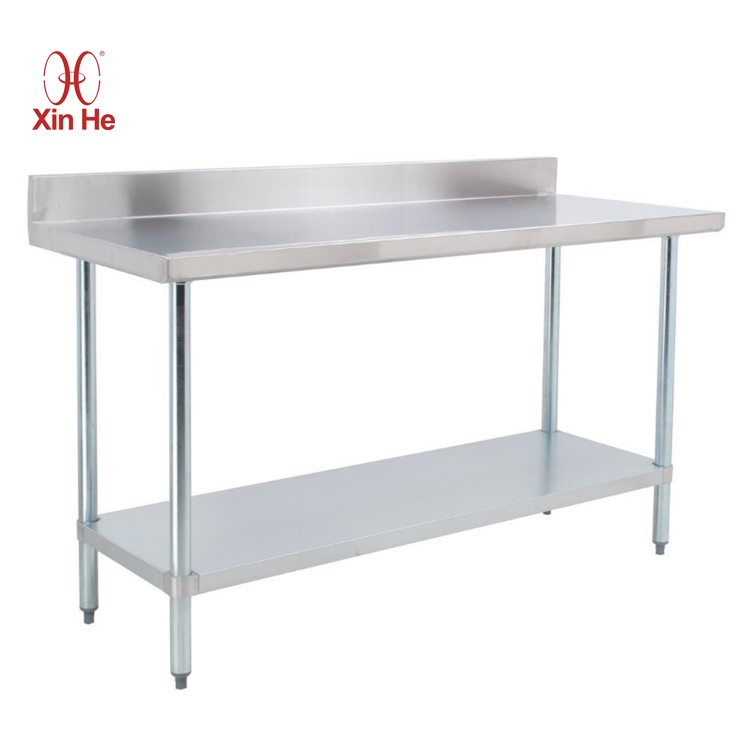
Key Differences In-Depth
1. Primary Function
- Work Table: Think of a commercial work table as the Swiss Army knife of your kitchen. You can place a slicer on it, stack boxes for takeout, or even use it as a makeshift assembly area for plating. It’s versatile, handy, and not limited to food prep.
- Prep Table: A prep table is more like your kitchen’s prep zone MVP. It’s designed for direct contact with food—chopping vegetables, handling raw meat, rolling dough, or arranging sandwiches. Because it’s used with food, it usually has features that make cleaning fast and compliance easy.
2. Design & Features
- Work Table Design:
- Optional undershelves or drawers to keep utensils or supplies organized
- Open bases or mobile casters for flexibility
- Can double as a temporary holding station for equipment
- Examples: folding work table, rolling work table, adjustable work table
- Prep Table Design:
- Usually has a backsplash (so you don’t end up with carrot juice on the wall)
- Smooth, rounded edges for safety and easy cleaning
- Minimal extra features; focus is a hygienic, flat work surface
- Specialized types: stainless steel prep table, refrigerated prep table, sandwich prep table, pizza prep table
Scenario illustration: Imagine prepping sandwiches for a busy lunch crowd. A prep table with a backsplash keeps mayo and tomato slices where they belong—on the bread, not the wall behind the counter. A work table, while sturdy, won’t protect against splatter.
3. Material & Compliance
- Work Table Materials:
- Available in 430 stainless steel (budget-friendly), 304 stainless steel (food-grade), or sometimes galvanized steel
- NSF certification optional—some models aren’t meant for direct food contact
- Great for general tasks, but not ideal for cutting raw meat
- Prep Table Materials:
- Primarily 304 stainless steel, resistant to rust, corrosion, and staining
- Usually NSF-certified, designed to meet food safety standards
- Polished surfaces make cleanup fast—essential during peak hours
Picture this: your chef is dicing onions and peppers. On a prep table, cleanup takes seconds; on a generic work table, those juices might linger in corners, making your kitchen less hygienic.
4. Size & Configuration
- Work Tables:
- Ranges from small utility tables to massive stations
- Options include adjustable height, wheels for mobility, or heavy-duty construction for heavy equipment
- Perfect for kitchens with multiple purposes, or for flexible layouts
- Prep Tables:
- Usually narrower, ergonomically designed for food prep
- Standardized heights for comfortable chopping and assembly
- Can be customized for specific tasks: outdoor prep tables for BBQ, grilling prep tables for catering, or refrigerated prep tables for cold items
How to Choose: Use-Case Scenarios
When a Work Table Makes Sense
- Equipment Station: Place mixers, slicers, coffee machines
- Utility Surface: Organize takeout packaging or prep plating
- Non-Food Tasks: Filing, inventory, or dry goods
- Flexible Kitchens: Rolling work tables or folding work tables are easy to move for events or menu changes
When a Prep Table is the Right Fit
- Food Prep Zone: Chopping, marinating, or dough handling
- Compliance-Oriented Kitchens: NSF-certified prep tables make inspections smoother
- High-Volume Operations: Sandwich prep tables or pizza prep tables speed up repetitive tasks
- Outdoor Catering or BBQ: Outdoor prep tables provide a sanitary workspace near the grill
Tip: If you’re still wondering, think about your workflow. Ask yourself: “Am I primarily prepping food or holding stuff?” The answer usually points you to the right table.
The Xinhe Advantage
When choosing stainless steel furniture, quality isn’t negotiable. Here’s why Xinhe stands out:
- Food-Grade Materials: We use 304 stainless steel for prep tables and work tables, ensuring durability, corrosion resistance, and hygiene.
- Customization: Undershelves, casters, drawers—you name it, we can tailor it to your kitchen’s workflow.
- Comprehensive Product Line: From prep tables and work tables to sinks, mop basins, and commercial stainless steel tables, Xinhe covers almost everything a kitchen needs.
- Global Standards: Designed to meet international safety and durability standards, perfect for restaurants, hotels, and catering operations worldwide.
Scenario: Imagine a busy hotel kitchen prepping multiple dishes simultaneously. With Xinhe tables, your chefs have a reliable, hygienic surface and enough flexibility to move or reconfigure as needed.
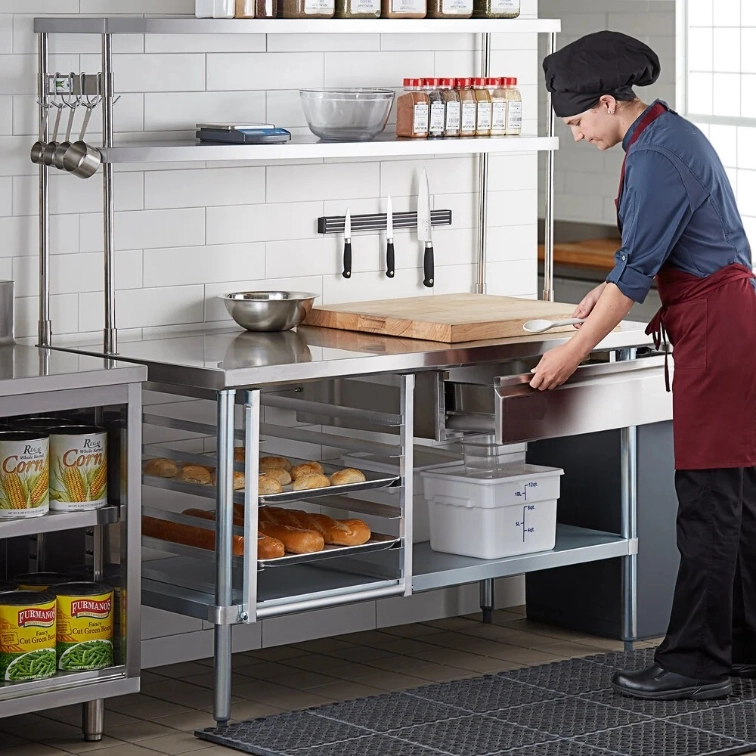
Conclusion
Work tables and prep tables may look alike, but they serve different roles in your kitchen:
- Work Table: Multi-purpose, supports equipment and general tasks
- Prep Table: Specialized for food handling, designed for hygiene and compliance
Choosing the right table can boost efficiency, maintain safety, and make your kitchen a more pleasant place to work.
Friendly advice: Don’t just pick a table because it “looks sturdy.” Think about what your team does every day. And if you want a solid starting point, browse Xinhe’s collection of commercial work tables and prep tables at xstainless.com—you might just find the perfect fit.


